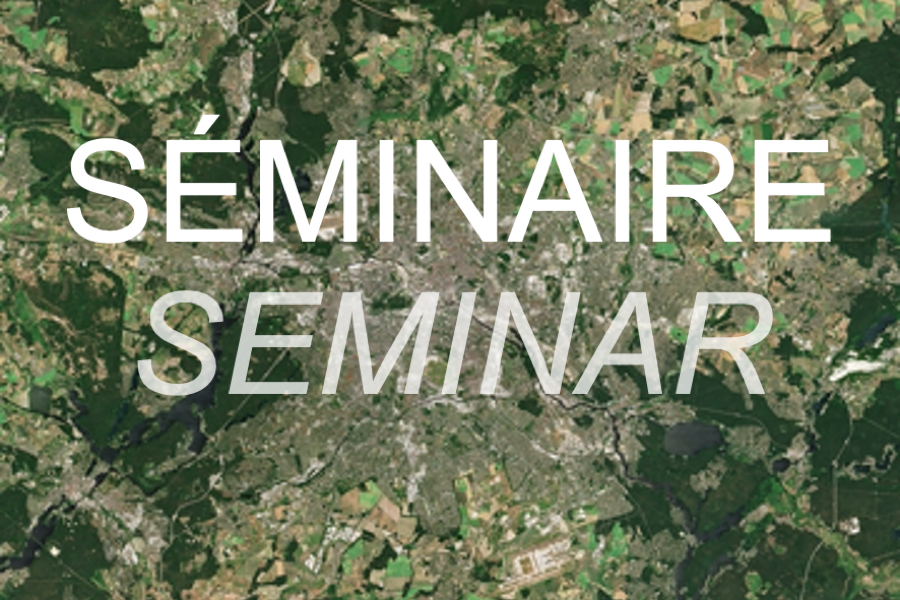Sukriti Issar, « The financialisation of floor space, Mumbai 1880–2015 », Urban Studies, 2022
14 March 2022
How Data is Transforming Cities? A Discussion with the Chief Data Officers of London, New York, and Los Angeles, 7 April 2022
14 March 2022Climat Urbain : Du fondamental aux solutions d’adaptation au changement climatique, 15.03.2022, 9h30-16h
Le Laboratoire Interdisciplinaire des Énergies de Demain (LIED) (Université de Paris) et l’axe Politiques environnementales du LIEPP (Sciences Po) ont le plaisir de vous inviter à une journée d’étude dédiée au climat urbain :
3ème Workshop Climat Urbain : Du fondamental aux solutions d’adaptation au changement climatique
La journée aura lieu mardi 15 mars 2022 de 9h30 à 16h00, en format hybride. Lieux : UFR de Physique de l’Université de Paris, (4 rue Elsa Morante, 75013 Paris) et via Zoom
- matin : amphithéâtre Pierre-Gilles de Gennes, au 1er sous-sol
- après-midi : salle Luc Valentin 454A
Inscription gratuite mais obligatoire auprès de martin.hendel@u-paris.fr
Merci de noter que pour les personnes participant en présentiel à l’événement le contrôle du passe vaccinal est obligatoire
Programme :
- 9h30-10h00 : Accueil-café
- 10h00-12h00 : Urban climate change considerations for Singapore – séminaire de Matthias Roth (Professor in the Department of Geography at the National University of Singapore)
Abstract : Cites in warm or hot regions are strongly affected by the UHI which increases ambient outdoor temperature and decreases outdoor thermal comfort to possibly intolerable levels. The situation is exacerbated in equatorial/wet climates, where high day- and nighttime air temperature in combination with the high humidity characteristic of the wet tropics, present a particularly challenging living environment for urban residents. Such additional warming generated by the UHI on top of anthropogenic global warming is clearly undesirable. Singapore, located in the tropics next to the equator, is no exception to this. Rapid growth of the city has generated a nocturnal canopy-layer UHI intensity which has doubled in magnitude since 1965; at the same time the spatial extent of the nocturnal UHI has also expanded to accommodate a growing population and expanding industries, often at the expense of vegetated areas. Local growth and development aspirations are therefore likely responsible for a local temperature increase which is about twice that of the global temperature trend over land. Given the homemade nature of this local urban climate change, options exist to mitigate some of the unwanted warming, irrespective of (in)action at the global level regarding anthropogenic global warming. This presentation demonstrates how Singapore has become a hot “little red dot” and introduces some observational and modeling work directed at better understanding the local urban climate.
- 12h00-14h00 : Pause déjeuner
- 14h00-16h00 : Workshop “Projets d’adaptation climatique des cours d’école” du groupe de travail “Climat urbain et applications opérationnelles”

